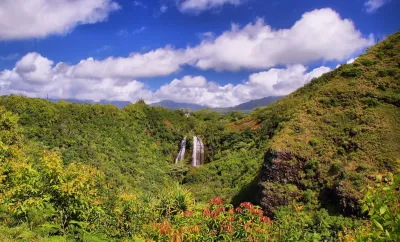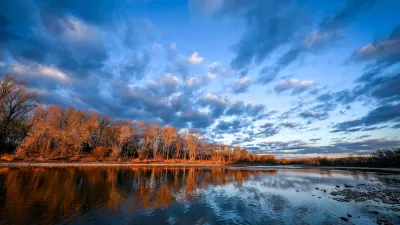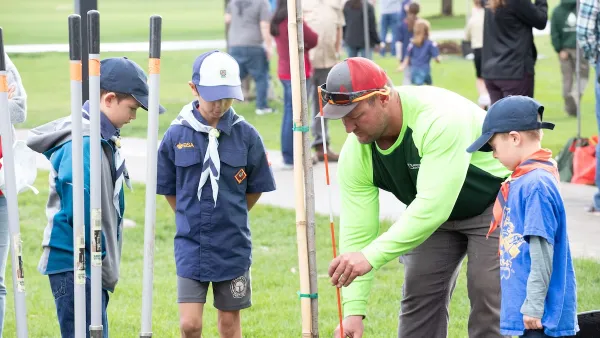A University of Hawaiʻi study shows that protecting Kauaʻi’s native forests from invasive species significantly boosts groundwater recharge, making it a cost-effective strategy to secure fresh water and enhance climate resilience.

A new study led by the University of Hawaiʻi Economic Research Organization (UHERO) finds that conserving Kauaʻi’s native forests offers major water benefits, with each dollar invested in protection efforts generating an average of 593 gallons of groundwater recharge. These efforts focus on keeping invasive species like feral pigs and deer out of vital watershed areas to maintain the island’s freshwater supply.
UHERO — an applied research group housed within UH Mānoa’s College of Social Sciences — conducted the study in partnership with the Institute for Sustainability and Resilience, the Water Resources Research Center, and The Nature Conservancy. Their analysis showed that regions with natural barriers, such as Wainiha and Nāmolokama, yielded even higher returns, while mid-elevation areas were identified as offering the greatest recharge benefits per dollar invested.
The study also emphasized the broader ecological and climate resilience benefits of conservation, including enhanced biodiversity and erosion control. With the potential to increase total groundwater recharge from 21.4 to 34.4 billion gallons over 50 years, the findings provide a compelling economic and environmental case for expanding forest protection as part of long-term watershed management across Kauaʻi and beyond.
FULL STORY: Protecting Kauaʻi forests from invasive species saves large amounts of groundwater

Planetizen Federal Action Tracker
A weekly monitor of how Trump’s orders and actions are impacting planners and planning in America.

Chicago’s Ghost Rails
Just beneath the surface of the modern city lie the remnants of its expansive early 20th-century streetcar system.

San Antonio and Austin are Fusing Into one Massive Megaregion
The region spanning the two central Texas cities is growing fast, posing challenges for local infrastructure and water supplies.

Since Zion's Shuttles Went Electric “The Smog is Gone”
Visitors to Zion National Park can enjoy the canyon via the nation’s first fully electric park shuttle system.

Trump Distributing DOT Safety Funds at 1/10 Rate of Biden
Funds for Safe Streets and other transportation safety and equity programs are being held up by administrative reviews and conflicts with the Trump administration’s priorities.

German Cities Subsidize Taxis for Women Amid Wave of Violence
Free or low-cost taxi rides can help women navigate cities more safely, but critics say the programs don't address the root causes of violence against women.
Urban Design for Planners 1: Software Tools
This six-course series explores essential urban design concepts using open source software and equips planners with the tools they need to participate fully in the urban design process.
Planning for Universal Design
Learn the tools for implementing Universal Design in planning regulations.
planning NEXT
Appalachian Highlands Housing Partners
Mpact (founded as Rail~Volution)
City of Camden Redevelopment Agency
City of Astoria
City of Portland
City of Laramie





























